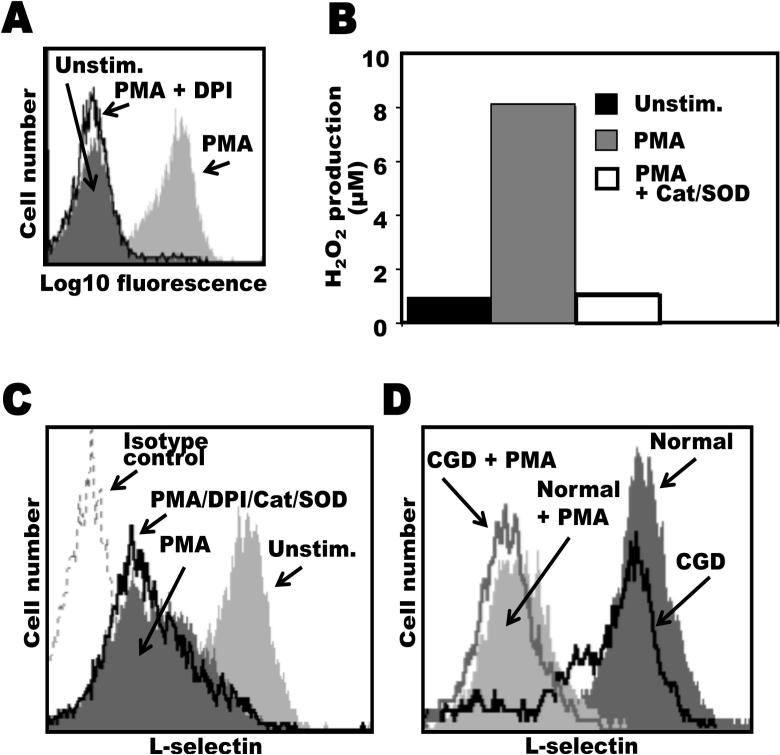Figure 5. NADPH oxidase-generated ROS is not critical for the induction of L-selectin shedding by human neutrophils.
A and B, The efficiency of the NADPH oxidase inhibitor DPI on intracellular ROS production and the ROS scavengers catalase and SOD on extracellular ROS production by human neutrophils were assessed using the indicators DHR123 and Amplex Red, respectively. Neutrophils from normal healthy donors were stimulated with PMA (10 ng/ml) in the absence or presence of DPI or catalase plus SOD, as described in the Material and Methods. Fluorescence emission upon DHR123 conversion to rhodamine was measured by flow cytometry (A), and Amplex Red conversion to resorufin was measured by a fluorescence plate reader (B). C, Neutrophils were either stimulated with PMA (10 ng/ml) for 15 min at 37°C in the absence or presence of DPI/catalase/SOD, as indicated, or they were not stimulated PMA (Unstim.). D, Neutrophils from normal healthy donors or from CGD patients were incubated at 37°C in the presence or absence of PMA for 15 min, as indicated. Neutrophils were then labeled with PE-conjugated LAM1−116 to determine relative L-selectin expression (C and D). Treatment of neutrophils with the appropriate concentrations of carrier alone had no effect on L-selectin expression (data not shown). Non-specific antibody labeling was determined using the appropriate isotype negative control mAb, as indicated. Cells were analyzed by flow cytometry and the mean fluorescence intensity of 10,000 cells was determined for each cell sample. The data in panels A-C are representative of at least three independent experiments using neutrophils isolated from separate donors. The data in panel D is representative of two independent experiments using neutrophils isolated from separate donors.

